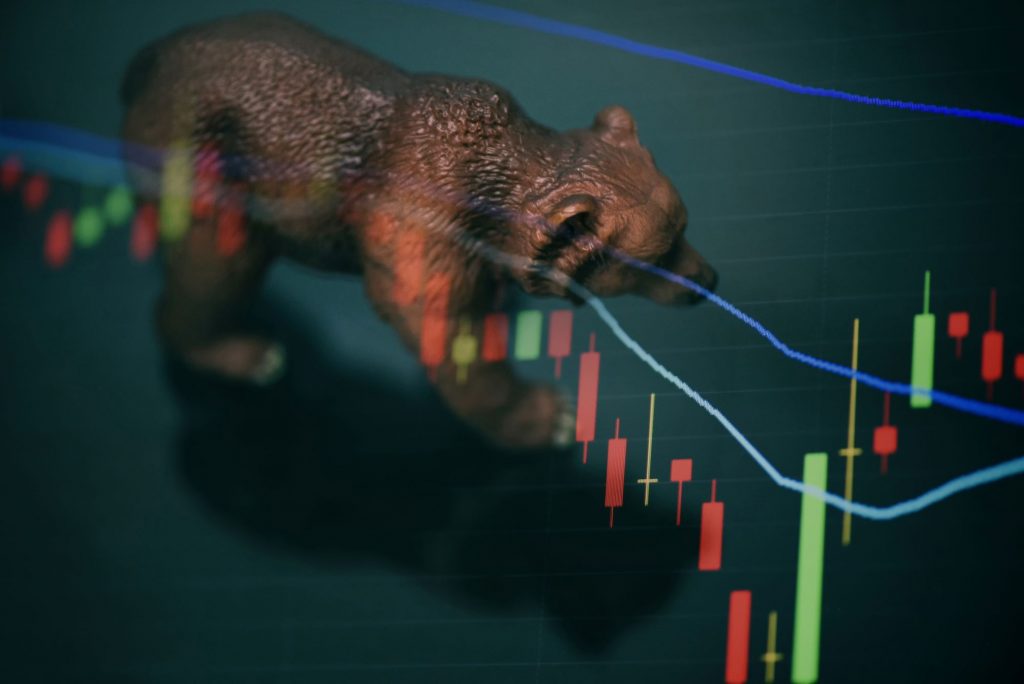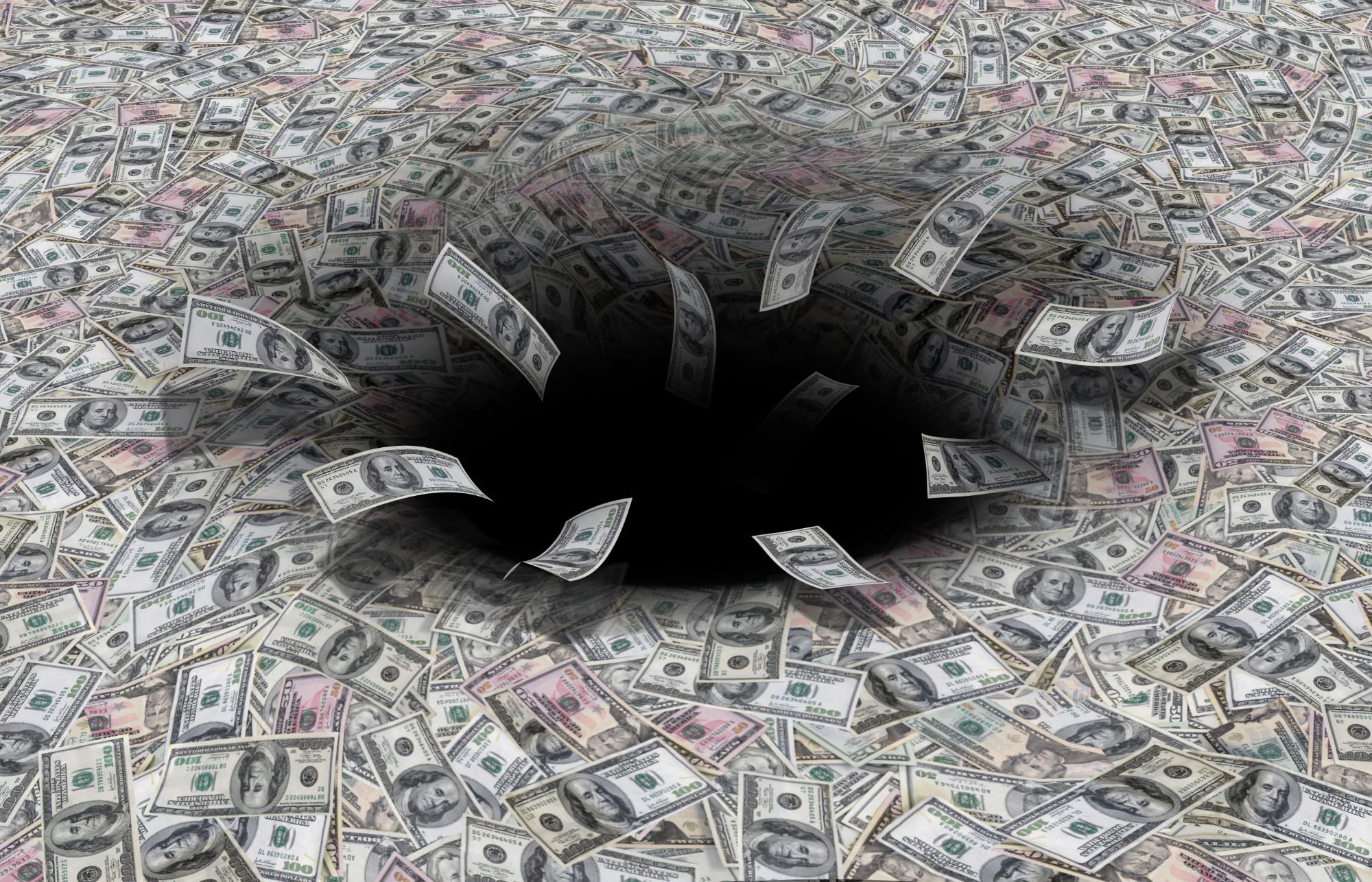7 Key Facts About Bear Markets That You Need to Know
The financial landscape can be a rollercoaster, and for investors, bear markets are often perceived as the ominous valleys in this unpredictable ride. In this video presented by Jim Woods, critical insights are shared to clarify the often-feared bear markets and empower investors with some pretty valuable knowledge.
What is a Bear Market?

A bear market occurs when investment prices experience a significant and sustained decline. Typically, this happens when a broad market index, such as the S&P 500, drops by 20% or more from its previous peak.
Factual Insights on Bear Markets
1. Average Stock Loss
On average, stocks tend to lose approximately 36 percent during a bear market. This is in stark contrast to the average gain of 114 percent during a bull market. This insight emphasizes the significant impact that bear markets can have on investment portfolios.
2. Normalcy of Bear Markets
Bear markets are a normal part of the market cycle. Since 1928, there have been 26 bear markets in the S&P 500 index. However, it’s essential to note that there have also been 27 bull markets. This underscores the cyclical nature of financial markets.
3. Duration of Bear Markets
While bear markets can be challenging, they tend to be short-lived compared to bull markets. On average, a bear market lasts around 289 days, roughly 9.6 months. In contrast, bull markets average a duration of 991 days, equivalent to 2.7 years.
4. Frequency Since World War II
Post-World War II, the frequency of bear markets has decreased. Between 1928 and 1945, there were 12 bear markets, averaging one every 1.4 years. However, since 1945, there have been 14 bear markets, averaging one every 5.4 years.
5. Strong Market Days During Bear Markets
Surprisingly, half of the S&P 500 index’s strongest days in the last 20 years occurred during bear markets. Additionally, 34 percent of the market’s best days happened in the initial two months of a bull market, before it was officially recognized.
6. Bear Markets and Economic Recessions
Contrary to common belief, a bear market doesn’t necessarily indicate an impending economic recession. Out of the 26 bear markets since 1929, only 15 were accompanied by recessions.
7. Overall Positivity of Markets
Despite the challenges bear markets pose, markets have been positive for the majority of the time. Over the last 92 years, bear markets have comprised only about 20.6 percent of that period, highlighting the overall positive trajectory of the market.
The Cold, Hard Truth About Bear Markets

Bear markets, while formidable, should not lead to panic or a complete avoidance of stock investments. Jim Woods advocates caution and risk reduction during bearish trends but encourages investors to remain intrepid, smart, and committed to the wealth-building potential of the stock market.
Watch Next: 5 Essential Characteristics of Winning Stocks
Popular Articles About Financial Planning, and Retirement Investing
Originally published February 19, 2024








